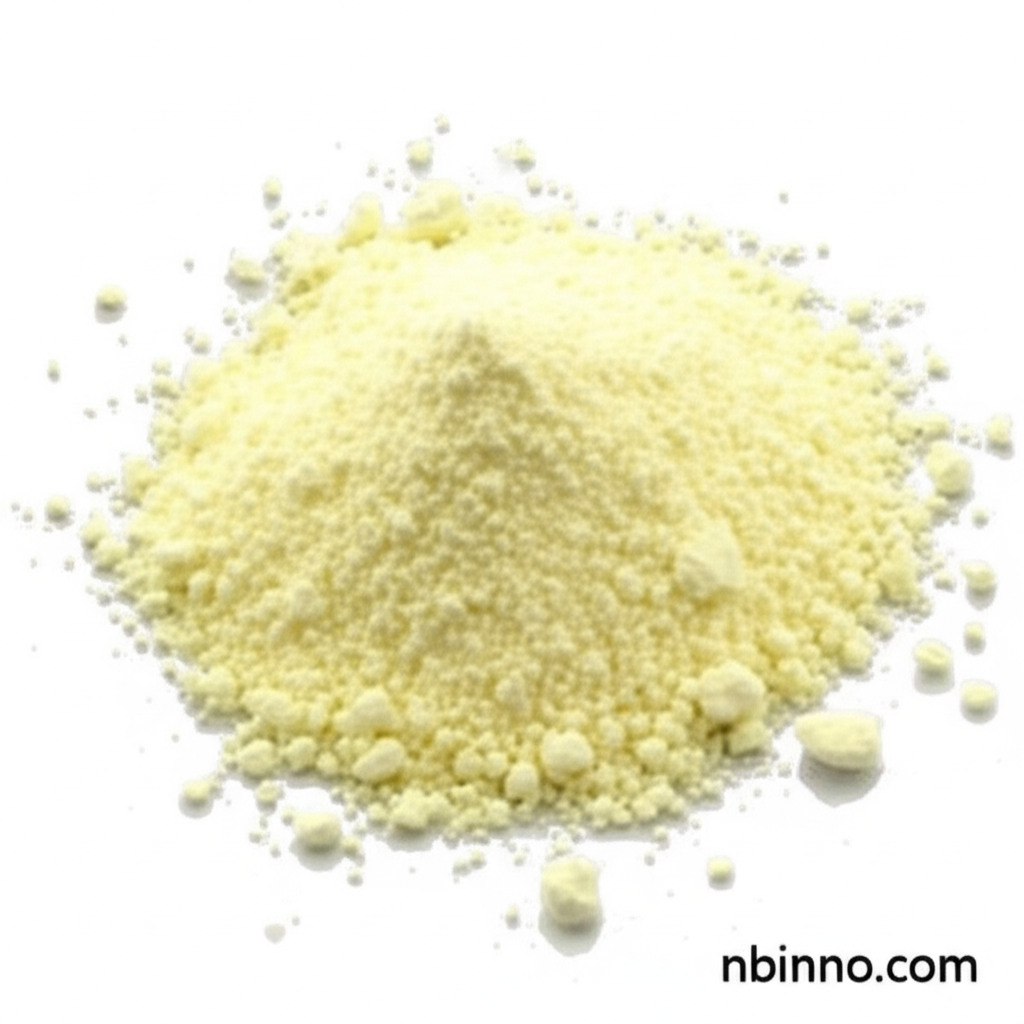2-Amidinopyrimidine Hydrochloride: A Key Intermediate in Pharmaceutical Synthesis and Advanced Materials
Unlocking potential in pharmaceuticals and next-generation materials with this versatile pyrimidine derivative.
Get a Quote & SampleProduct Core Value

2-Amidinopyrimidine Hydrochloride
2-Amidinopyrimidine Hydrochloride serves as a crucial building block in the synthesis of complex pharmaceutical compounds and innovative materials. Its unique chemical structure allows for diverse reactions, making it invaluable in drug discovery and material science advancements.
- Leveraging its role as a pharmaceutical intermediate, discover the critical role of 2-amidinopyrimidine hydrochloride in producing life-saving drugs.
- Explore how this compound contributes to the efficiency and stability of perovskite solar cells through advanced passivation techniques.
- Understand the chemical synthesis pathways for 2-amidinopyrimidine hydrochloride and its implications for pharmaceutical manufacturing.
- Investigate the medicinal chemistry applications, where pyrimidine derivatives are key in targeting enzymatic pathways for various diseases.
Advantages Offered
Versatile Chemical Intermediate
Its dual nucleophilic character enables participation in a wide array of reactions, facilitating the synthesis of diverse target molecules, essential for pharmaceutical intermediates.
Enhanced Material Performance
In the realm of advanced materials, it acts as a defect passivation agent, significantly boosting the stability and efficiency of perovskite solar cells.
Key Pharmaceutical Role
The compound is pivotal in the synthesis of drugs like Bosentan, highlighting its importance in the pharmaceutical supply chain and drug discovery pipelines.
Key Applications
Pharmaceutical Synthesis
A vital intermediate for producing pharmaceuticals such as Bosentan, crucial for treating pulmonary arterial hypertension.
Perovskite Solar Cells
Used for defect passivation, improving the efficiency and longevity of perovskite solar cells by stabilizing lead ions.
Drug Discovery
Its structure is explored for potential anticancer and antimicrobial agents, targeting enzymes and cellular processes.
Coordination Chemistry
Functions as a ligand in forming metal complexes, with applications in photoluminescence and catalysis.
